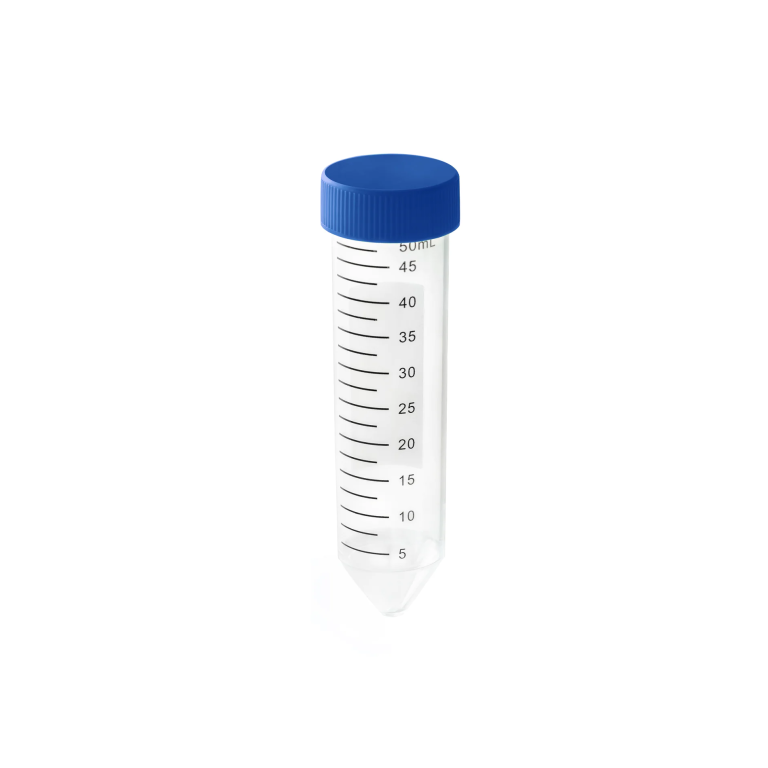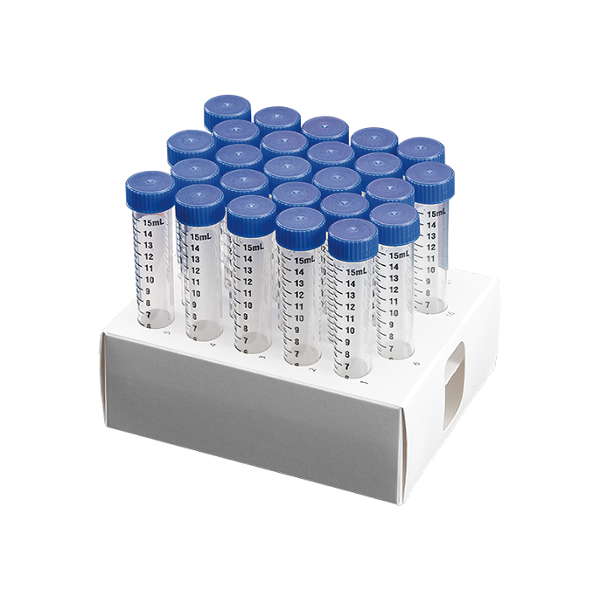Innovative materials for pipette tips are being developed to address concerns about sustainability, cost, and performance. Here are some key examples and trends:
### Biodegradable and Sustainable Materials
1. **Biodegradable Plastics**: Research is ongoing to develop pipette tips from biodegradable plastics, such as polylactic acid (PLA). These materials break down more easily in the environment compared to traditional polypropylene, reducing the ecological footprint of laboratory waste.
2. **Recycled Plastics**: Some manufacturers are exploring the use of recycled polypropylene to produce pipette tips. This approach reduces the demand for virgin plastic and supports recycling efforts, contributing to a circular economy in laboratory supplies.
### Advanced Polymers
1. **Conductive Polymers**: Conductive polymers are being used to reduce static charge buildup in pipette tips. This innovation helps in the accurate dispensing of small volumes of liquid, which is crucial for applications in genomics and proteomics.
2. **Fluoropolymer Coatings**: Some pipette tips are coated with fluoropolymers to enhance their chemical resistance and reduce the binding of DNA, proteins, and other biomolecules. This is particularly beneficial in applications where sample retention on the tip surface can lead to significant losses.
### Antimicrobial and Antiviral Additives
1. **Antimicrobial Additives**: Incorporating antimicrobial substances into the plastic of pipette tips can help reduce the risk of contamination. These additives can inhibit the growth of bacteria and fungi on the tips, ensuring cleaner and safer handling of biological samples.
2. **Antiviral Coatings**: In response to the COVID-19 pandemic, some companies have started developing pipette tips with antiviral coatings. These coatings can inactivate viruses on contact, enhancing biosafety in labs handling infectious agents.
### Reusable Pipette Tips
1. **Silicone-Based Tips**: Reusable pipette tips made from medical-grade silicone are being introduced as a sustainable alternative to single-use plastic tips. These tips can be autoclaved and reused multiple times, significantly reducing plastic waste.
2. **Washable Plastic Tips**: Companies like Grenova are developing technologies to wash and reuse traditional plastic pipette tips. These systems clean, sterilize, and test the tips for reuse, maintaining performance while cutting down on waste and costs.
### High-Performance Materials
1. **Ultra-Clear Polymers**: Pipette tips made from ultra-clear polymers offer improved visibility, allowing researchers to better monitor liquid uptake and dispensing. This is particularly useful in precise applications like quantitative PCR and sequencing.
2. **Low-Retention Tips**: Low-retention tips are made from specially formulated plastics that minimize liquid retention on the tip surface. This ensures that nearly all of the sample is dispensed, enhancing the accuracy and efficiency of assays.
### Future Directions
1. **Nanomaterial Enhancements**: Incorporating nanomaterials into pipette tips can enhance their properties, such as increasing strength, reducing friction, and improving chemical resistance. These innovations are still in the experimental phase but hold promise for future applications.
2. **Smart Materials**: The development of smart materials that can change properties in response to environmental conditions (e.g., temperature, pH) could lead to pipette tips that adapt to specific needs, further enhancing precision and functionality in the lab.
By leveraging these innovative materials, the scientific community aims to improve the performance, sustainability, and cost-effectiveness of pipette tips, thereby advancing laboratory practices and reducing environmental impact.


